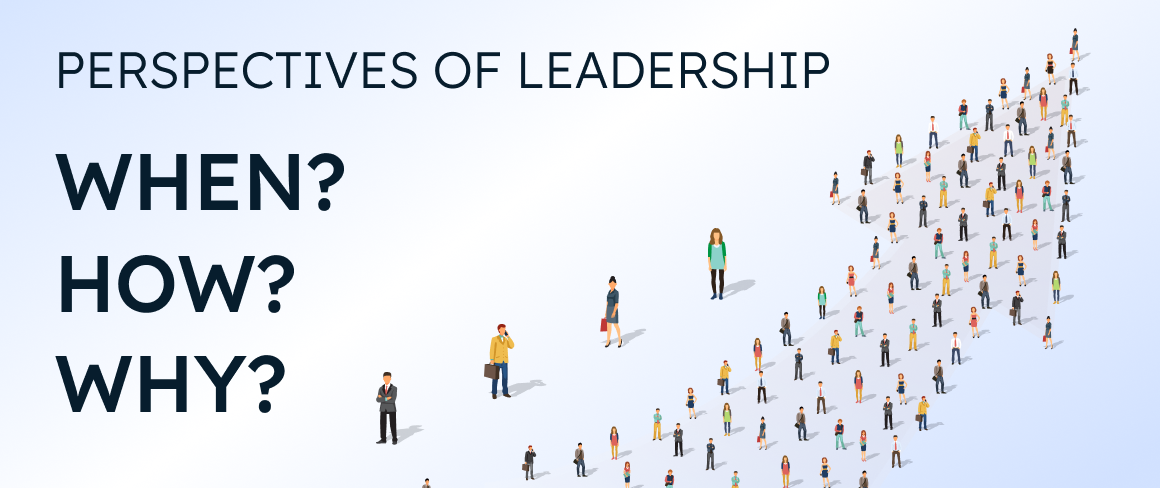Conflicts are an inherent aspect of human interactions, and the workplace is no stranger to this reality. From variances in opinions and communication styles to competing priorities, conflicts can emerge among colleagues, teams, or different departments. Successfully navigating these conflicts is crucial for maintaining a harmonious and productive work environment.
Let’s consider a scenario where two team members, Alex and Sarah, are working on a critical project with tight deadlines. As they collaborate, differences in their approaches and ideas start causing tension between them. The conflict escalates to the point where they are frequently disagreeing and struggling to find common ground.
Recognizing the impact of this conflict on team productivity, the project manager intervenes and schedules a meeting for both parties to openly discuss their concerns. During the meeting, active listening and empathy play vital roles as each person articulates their perspectives while the other listens attentively without interruptions. Through clear communication, they gain a deeper understanding of each other’s viewpoints.
The project manager encourages them to find areas of agreement and to collaborate on a solution that incorporates their diverse ideas. By adopting a collaborative problem-solving approach and employing effective communication techniques, Alex and Sarah successfully resolve their conflict, leading to improved teamwork and better project outcomes.
In this blog, we will delve into the prevalence of conflicts in the workplace, identify various types of conflicts that can arise, and, most significantly, present five highly effective strategies for resolving these conflicts through enhanced communication.
Types of Conflicts at the Workplace:
Understanding the various types of conflicts that can arise in the workplace is essential for effective conflict management. These conflicts can manifest in different ways, each with its unique challenges and implications. We will explore the five main categories of workplace conflicts and delve into their characteristics, root causes, and potential resolutions.
By gaining insights into interpersonal conflicts, task-related conflicts, role conflicts, communication conflicts, and organizational conflicts, we can equip ourselves with valuable tools to address and mitigate these issues proactively, fostering a more harmonious and productive work environment.
Interpersonal Conflicts – These conflicts occur between individuals and are often a result of personality clashes, differing work styles, or misunderstandings.
Task-related Conflicts – Conflict can arise when team members have different approaches or opinions about how to accomplish a particular task or project.
Role Conflicts – Role ambiguity or overlapping responsibilities can lead to conflicts among employees as they struggle to define their roles and contributions.
Communication Conflicts – Poor communication or misinterpretation of messages can lead to conflicts and strained relationships in the workplace.
Organizational Conflicts – Conflicts can also emerge due to issues related to organizational policies, resource allocation, or competition for promotions.
5 Effective Strategies for Conflict Resolution
- Active Listening: One of the most crucial aspects of effective communication in conflict resolution is active listening. Encourage open dialogue, give everyone an opportunity to express their concerns, and ensure that all parties feel heard and understood.
- Empathy and Understanding: Foster empathy among team members by encouraging them to put themselves in each other’s shoes. Understanding different perspectives can lead to more comprehensive and compassionate solutions.
- Clear Communication: Emphasize the importance of clear and respectful communication. Encourage employees to express their thoughts and feelings constructively, avoiding blame or personal attacks.
- Collaborative Problem-Solving: Instead of approaching conflicts as win-lose situations, promote a collaborative problem-solving approach. Encourage employees to work together towards finding solutions that benefit everyone involved.
- Mediation and Conflict Resolution Training: Consider implementing conflict resolution training or bringing in a professional mediator to help facilitate discussions and guide the resolution process. Mediators can help keep conversations on track and ensure that emotions do not escalate the conflict further.
Conflict in the Office Shouldn’t Be Disruptive
Conflicts at the workplace are a natural occurrence, but they don’t have to be disruptive or damaging. By fostering a culture of open communication, empathy, and collaboration, organizations can effectively address and resolve conflicts, leading to a more harmonious and productive work environment.
Implementing these five effective strategies for conflict resolution will not only promote healthier relationships among employees but also contribute to the overall success and growth of the organization.
Regulating Conflict at MMDSmart
At MMDSmart℠, we wholeheartedly embrace various tools to effectively regulate conflicts in the workplace, fostering a harmonious and productive environment. Our approach revolves around active listening, wherein we encourage open dialogue and ensure that each individual has the opportunity to express their concerns, fostering an atmosphere of understanding and respect.
Empathy is another vital aspect we cultivate among team members, encouraging them to see issues from different perspectives to arrive at compassionate solutions. We emphasize the importance of clear and constructive communication, urging employees to express their thoughts and feelings without resorting to blame or personal attacks. To tackle conflicts head-on, we promote collaborative problem-solving, steering away from win-lose scenarios and guiding employees to work together to find mutually beneficial resolutions.
To further enhance conflict resolution skills, we provide mediation and conflict resolution training, and if needed, involve professional mediators to facilitate discussions and maintain a calm atmosphere, ensuring emotions don’t escalate conflicts. By embracing these tools, we empower our team to address conflicts proactively and harmoniously, resulting in a more cohesive and thriving work environment.


